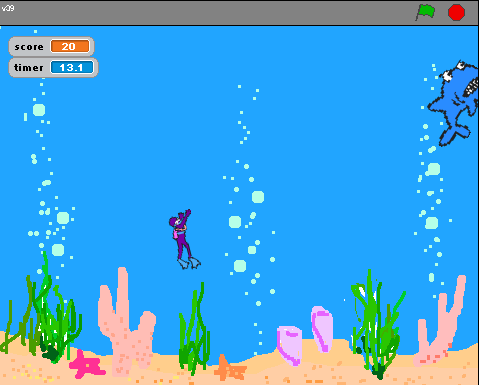I’m excited to announce that a new essay I wrote, Learning about the game: designing science games for a generation of gamers, is up in Online First for the Journal Cultural Studies of Science Education. I wrote the essay as a response to the article, Challenges and Opportunities: Using a science-based video game in secondary school settings. I’ve included the abstract at the bottom of this post, but I thought I would also include an excerpt that get’s at some of how my thinking about educational games has developed and changed through my work on several game projects.

Here is a little teaser:
“This is what happens when we bring ‘‘video games’’ into the classroom: youth insist on playing them like video games. Those same video games they have at home, where players bulldoze right through our carefully crafted instructions, try to find cheats and work arounds, and wrack up points for bragging rights. As the authors articulated in their conclusion, since ‘‘most of the students were versed in some kind of game play and were
familiar with the mechanics of computers and computer games, they did not always
experience the game in the way it was intended, or necessarily follow the path the game
prescribed. What are educational game designers to do?”
Continue reading “Learning about the game: designing science games for a generation of gamers”

